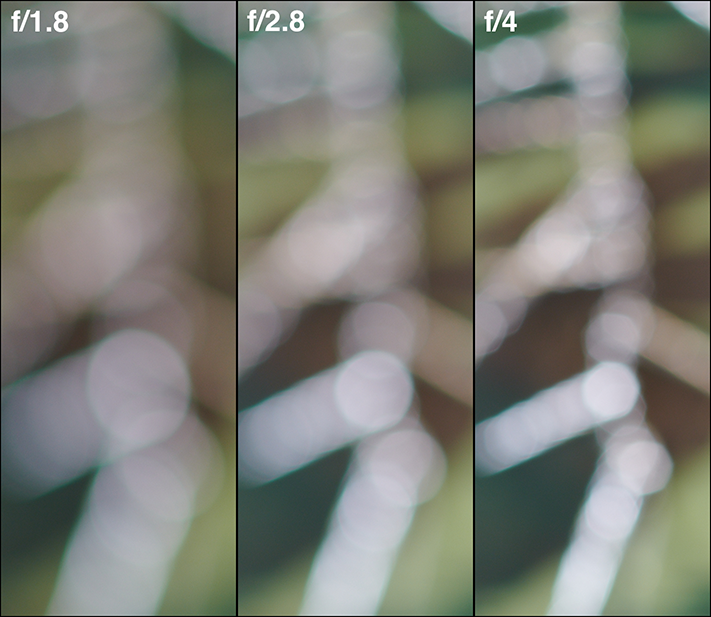|
Page 2 of 3

Distortion
The lens shows a very small amount of pincushion distortion that is hardly field-relevant.

Vignetting
Typical for fast primes, the AF-S 85 shows a significant amount of vignetting wide open. Stopped down the issue is reduced considerably. From f/4 onwards the light fall-off towards the corners should no longer be a problem even for critical subjects.
Please note that the vignetting results are not directly comparable with numbers in our earlier FX reviews based on the Nikon D3x. The JPG engine of the Nikon D3x featured a rather flat
gradation curve, thus had a moderate contrast characteristic, resulting in comparatively low vignetting figures - the
corresponding figures of other Nikon (and other brands) bodies are considerably higher due to the more
aggressive default contrast setting.

MTF (resolution)
On the D850, the lens delivers very good resolution in the image center wide open. The resolution increases to excellent when stopped down to f/2.8 and stays on a very high level, until diffraction takes its toll at small aperture settings.
Borders and corners offer very good resolution at all tested apertures, with the borders just scratching excellent level at medium aperture settings.
The lens showed a small amount focus shift when stopping down (residual spherical aberration).
Please note that the MTF results are not directly comparable across the different systems!
Below is a simplified summary of the formal findings. The chart shows line widths
per picture height (LW/PH) which can be taken as a measure for sharpness.
If you want to know more about the MTF50 figures you may check out the corresponding
Imatest Explanations

Chromatic Aberrations (CAs)
Chromatic aberrations (color shadows at harsh contrast transitions) are well controlled with an amount of almost 1 pixel at the image borders wide open down to just below 0.7 pixels stopped down.

Bokeh
One of the primary usage scenarios for a large aperture lens is to seperate the main subject from the background. In such an image the quality of the bokeh (out-of-focus blur) is of major significance.
The lens produces quite smooth background blur.
Background highlights are evenly filled and show only a tiny amount of outlining at the border. However, there are visible traces of bokeh fringing around highlights (see the next section).
 Thanks to 7 rounded aperture blades, background highlights retain their circular shape at least for larger aperture setting. From f/4 onwards however the highlights start to show traces of a more polygonal shape, which becomes even more obvious at f/5.6 (and smaller apertures). Due to mechanical vignetting the highlights are slightly cut off towards the image corners wide open.
The general out-of-focus rendition is very smooth in the image background (shown to the left below), but bit more nervous in the foreground (to the right below), especially close to the transition zone from in-focus to out-of-focus areas.
Thanks to 7 rounded aperture blades, background highlights retain their circular shape at least for larger aperture setting. From f/4 onwards however the highlights start to show traces of a more polygonal shape, which becomes even more obvious at f/5.6 (and smaller apertures). Due to mechanical vignetting the highlights are slightly cut off towards the image corners wide open.
The general out-of-focus rendition is very smooth in the image background (shown to the left below), but bit more nervous in the foreground (to the right below), especially close to the transition zone from in-focus to out-of-focus areas.

Bokeh Fringing / LoCA
Bokeh fringing (non-coinciding focal planes of the various colors, also referred to as longitudinal chromatic aberration, or LoCA for short) is an axial color fringing effect and a common issue with relatively fast glass. It's visible as halos of different colors in out-of-focus areas - magenta (red + blue) in front of the focus point
and green beyond.
Typical for most fast primes, the AF-S 85 shows noticeable bokeh fringing at large aperture settings, which can of course be reduced by stopping down.
In addition, these shots also show the slight focus shift when stopping down, which was mentioned in the MTF section.
|